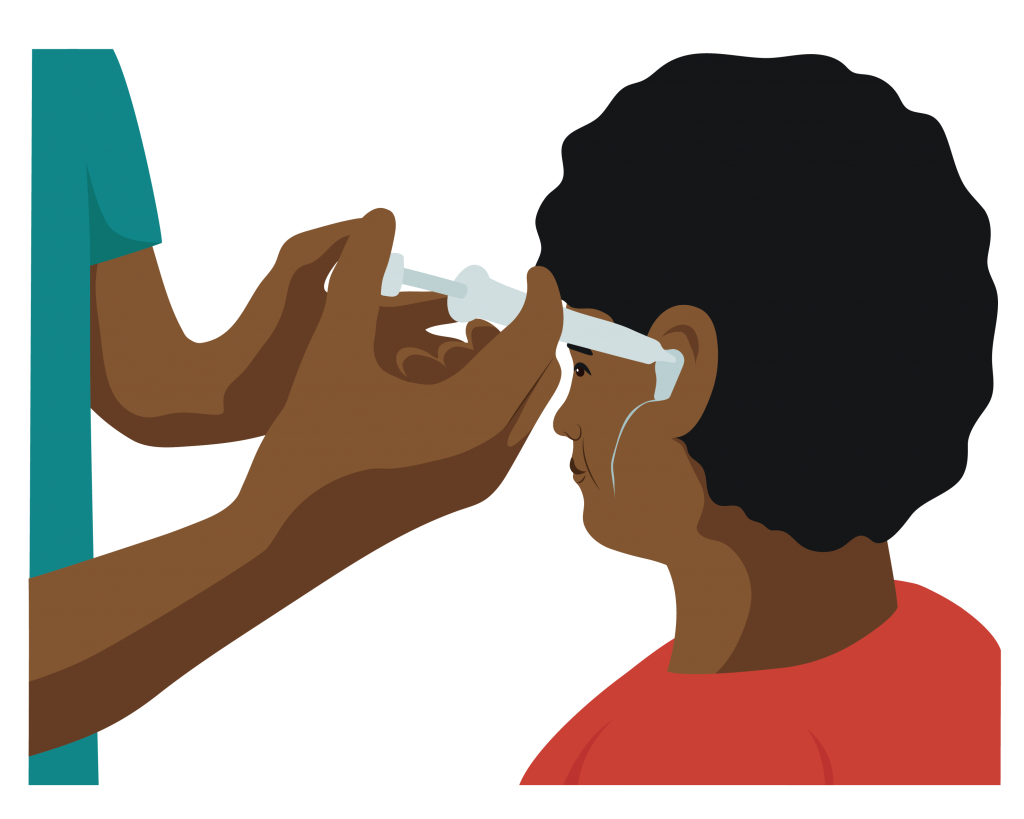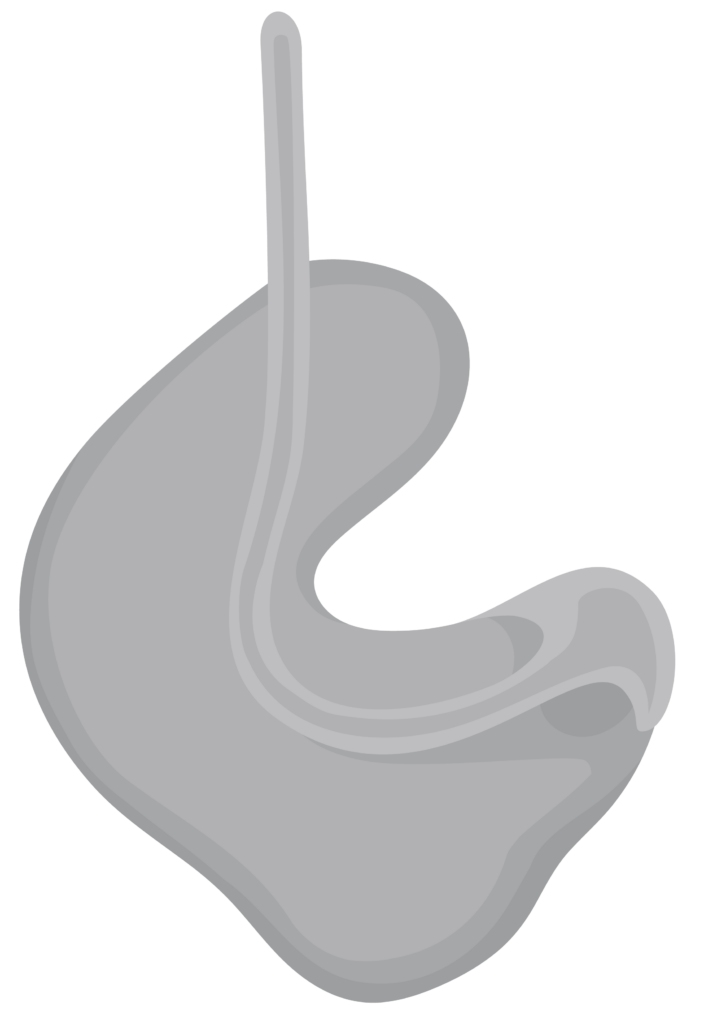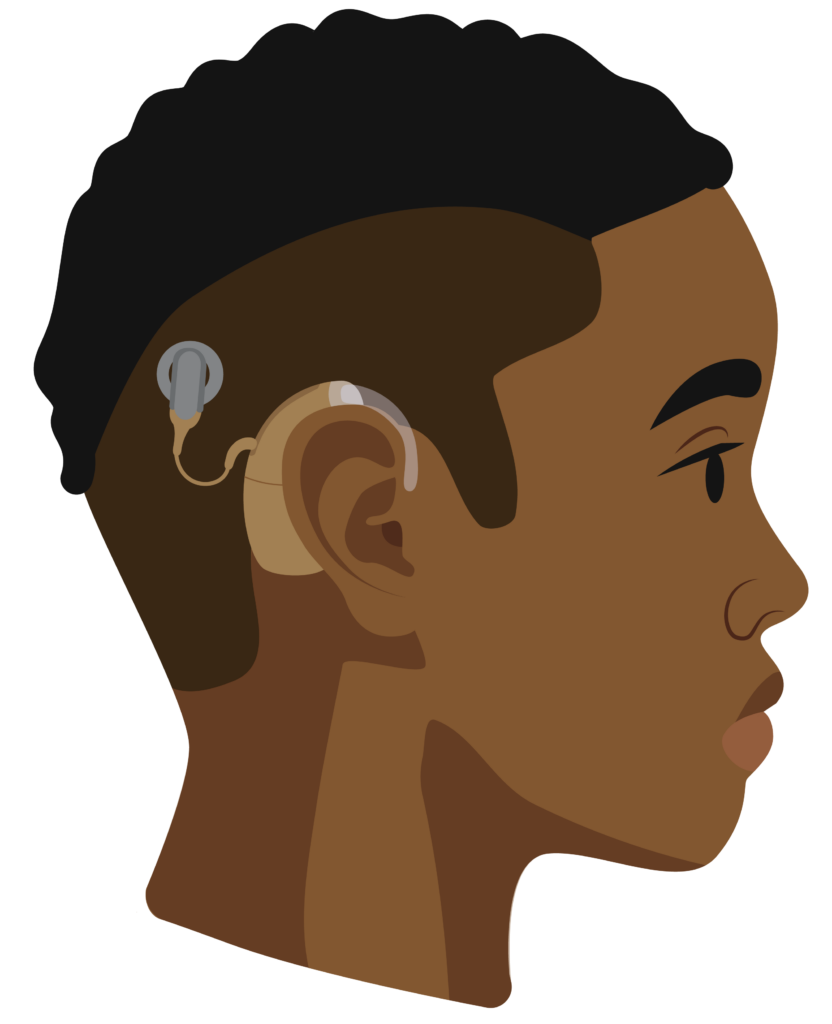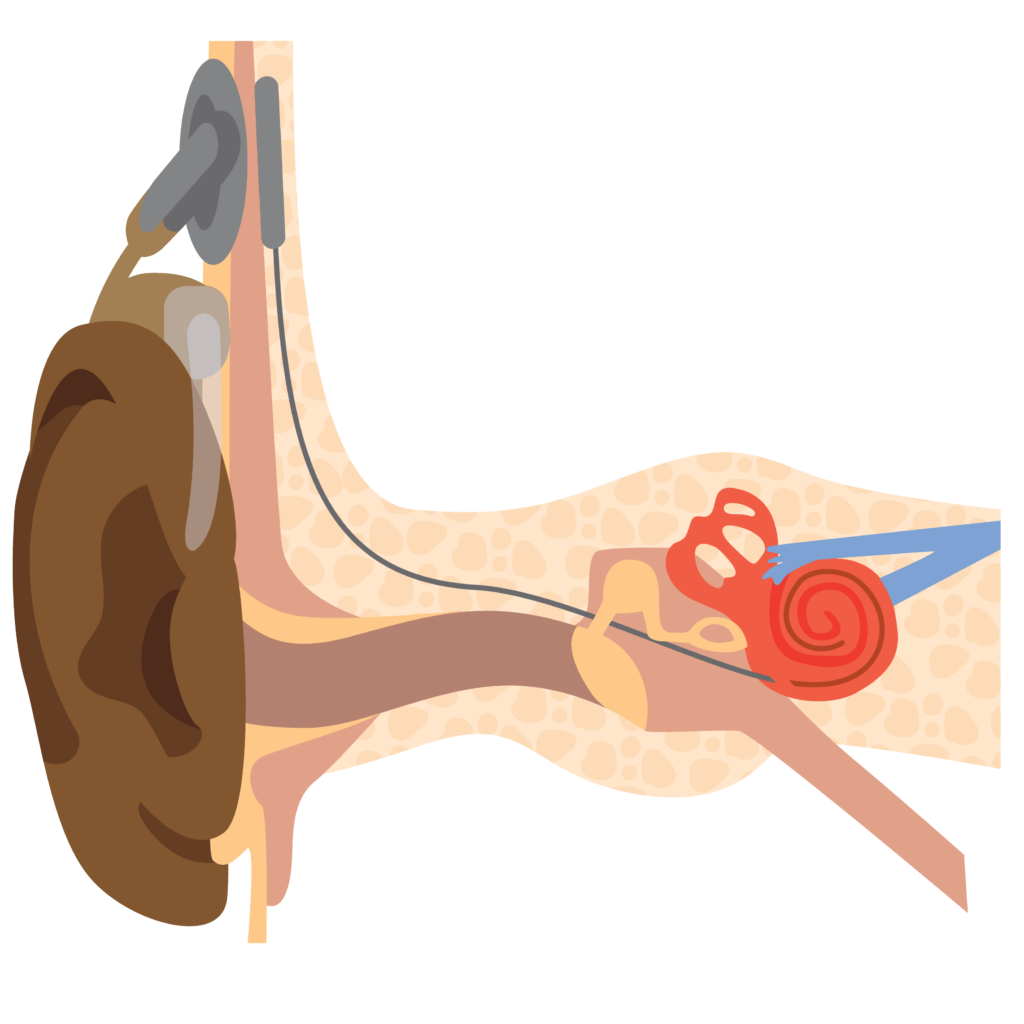Some hearing aids require more knowledge, skill and/or resources to provide safely and effectively.
Custom earmoulds, specialist hearing aids and cochlear implants are not included on TAP. People who are Deaf require cochlear implants.
Custom earmoulds
Custom earmoulds are made specifically for an individual’s ear canal. The earmould material placed inside the person’s outer ear hardens and creates a copy of the outer ear.
These are more complex products and require extra resources, knowledge and skill to provide.


In-the-ear hearing aids
This is a custom mould hearing aid that is placed inside the person’s ear canal.

Cochlear implants
Cochlear implants are an option for people with severe or profound hearing loss when a hearing aid has little or no benefit.
They consist of two parts:
- One part sits outside the person’s ear. A sound processor collects sound and sends it to the implant.
- The implant is surgically placed inside the cochlea. The electrical signals pass from here to the hearing nerve to the brain.
The brain recognizes these sounds or speech. This helps the person to hear.


Analogue hearing aids
Analogue hearing aids have limited technology to make sounds louder.
They increase all sounds equally. This can make it harder to hear speech clearly over background noise.
Digital hearing aids offer better sound quality and are the current global standard.